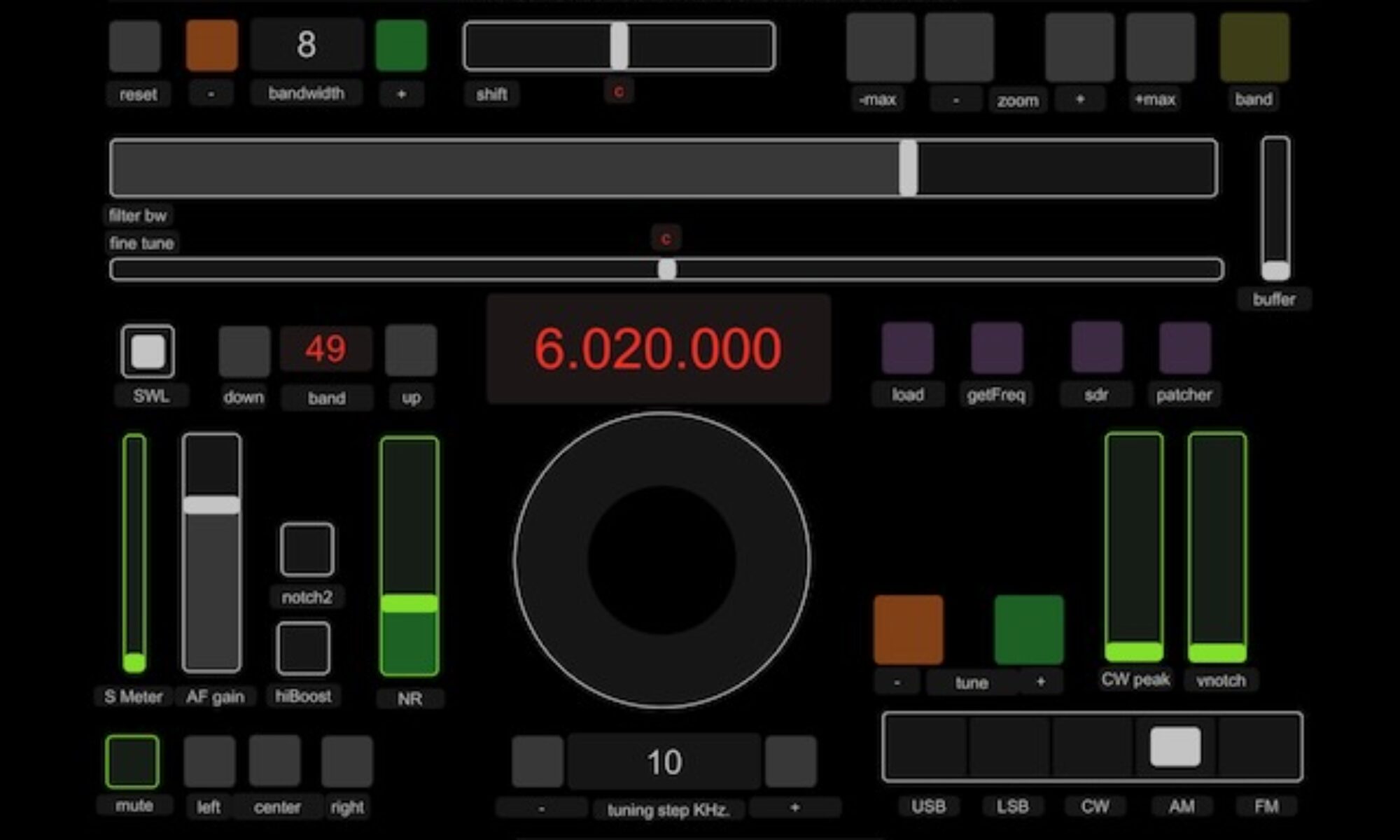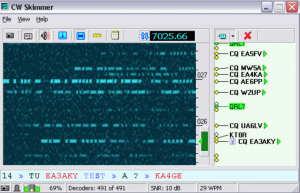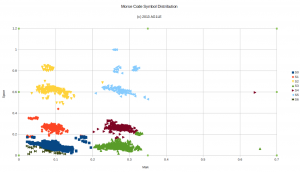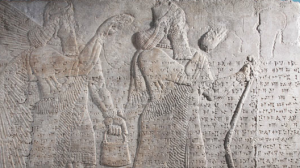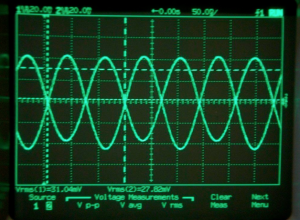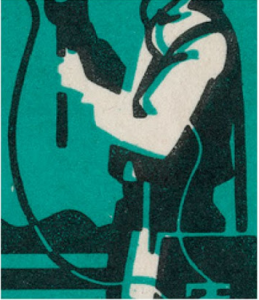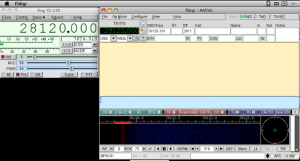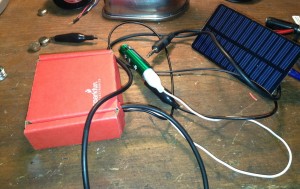Not a good idea to connect a piezo directly to the output of an iPod. Apparently the impedance is too low and it fried the audio circuit and battery. I should have just dropped it (the iPod) in the water instead of the piezo.
I was able to get excellent underwater sound using a piezo for a mic – it was a little over an inch diameter, broken out of the radio shack black plastic case – with some hot glue to cover the wire connections – probably not necessary.
See this article about working with Radio Shack piezo transducers
http://www.edrums.info/radio_shack_piezo.htm
The speaker was a Dayton Audio Weatherproof Extreme Exciter – from Amazon – http://amzn.com/B0031K2XBA
And I used a small power amp to feed it. http://amzn.com/B0049P6OT
Note: the exciter also sounds great when its duct taped to a cymbal.
